
The straw marquetry is dyed by hand in our own workshops to five subtle tones of Burnt Coral before being inlaid in a sunburst pattern
In our last story Africa and Me Alex talked about his childhood growing up in Kenya and how these early years formed him as a person and as a designer. The proximity of African culture in Alex’s childhood naturally influenced his sense of aesthetics and these influences are present in the new Sirena collection from Alexander Lamont.

Antonio da Motta
The collection was created together with Antonio da Motta, a Brazilian designer and a friend of Alex who spent a lot of time working in New York and who currently lives in Los Angeles. “Coming from Bahia, a microcell of West Africa in Brazil, I was extremely excited and pleased when I got the request from Alexander to work on this collection,” says the designer.

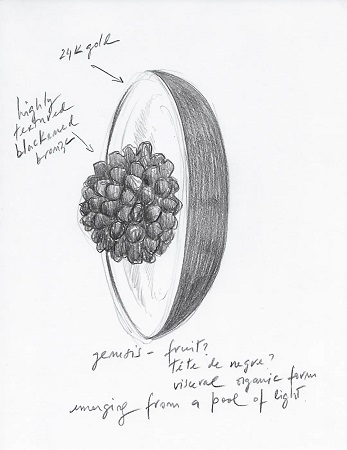
Antonio's sketch for Eshú coffee table Antonio's sketch for the Yemanya sconce
“Antonio has this painterly love of fluid form and colour and a real understanding of opulence and detail in design,” says Alex who has a high regard for the Brazilian designer. This story explores Antonio’s work for the Sirena collection and the cultural and historical influences that informed his designs.
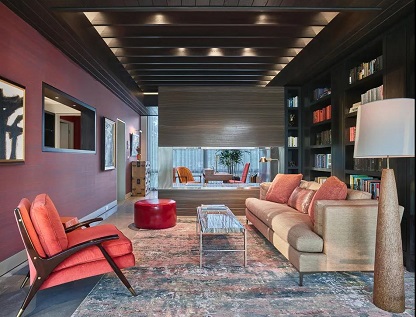
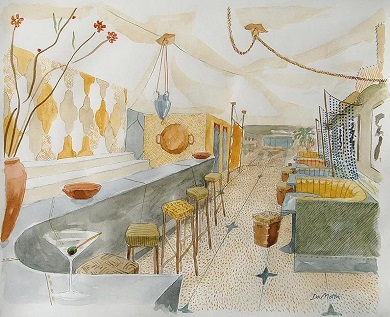
Antonio's interior design work for residential Antonio's sketch for a restaurant in New York
Facing the Atlantic Ocean, Bahia historically played an important role in the Atlantic slave trade. More than a third of slaves taken from West Africa were sent first to Bahia before being sent to work in plantations elsewhere in the country. Bahia today is considered to possess the greatest and most distinctive African imprint, in terms of culture and customs, in Brazil.

Bahia, Brazil
The enslaved Africans brought the Yoruba religion and other traditional religious and spiritual practices of West Africa to Bahia. At first they practiced their religions secretly, disguising their deities, or Orishas, as Catholic saints. The practice eventually created syncretism or a fusion of beliefs. Today the Afro-religion Candomblé is widespread and openly practiced.
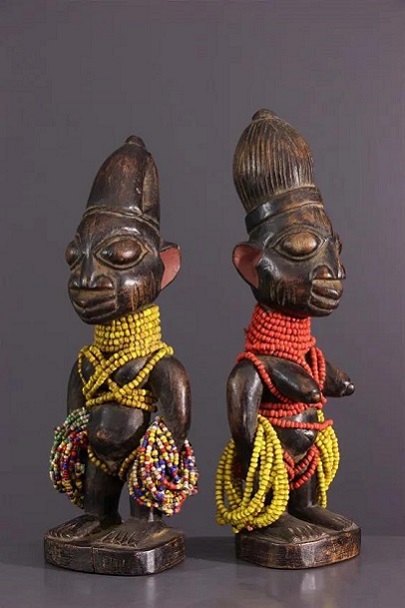
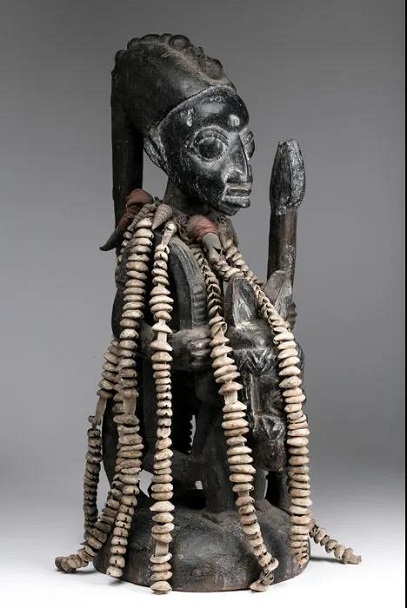
(Left) Yoruba is one of major cultures in West Africa. The diaspora of African slaves has given birth to new cultures in the Americas.
(Right) Sculpted Orisha Eshu of the Yoruba cultre from West Africa, one of the original African religions that create Candomblé
Although Antonio is of European descent, he grew up surrounded by the rich African heritage of Candomblé in Brazil. Amidst the grandeur, symmetry and opulence of European Baroque architecture, he experienced the exuberance and vibrancy of Candomblé culture. This eclecticism and multi-cultural background is what characterizes Brazil and Antonio’s sense of aesthetics.
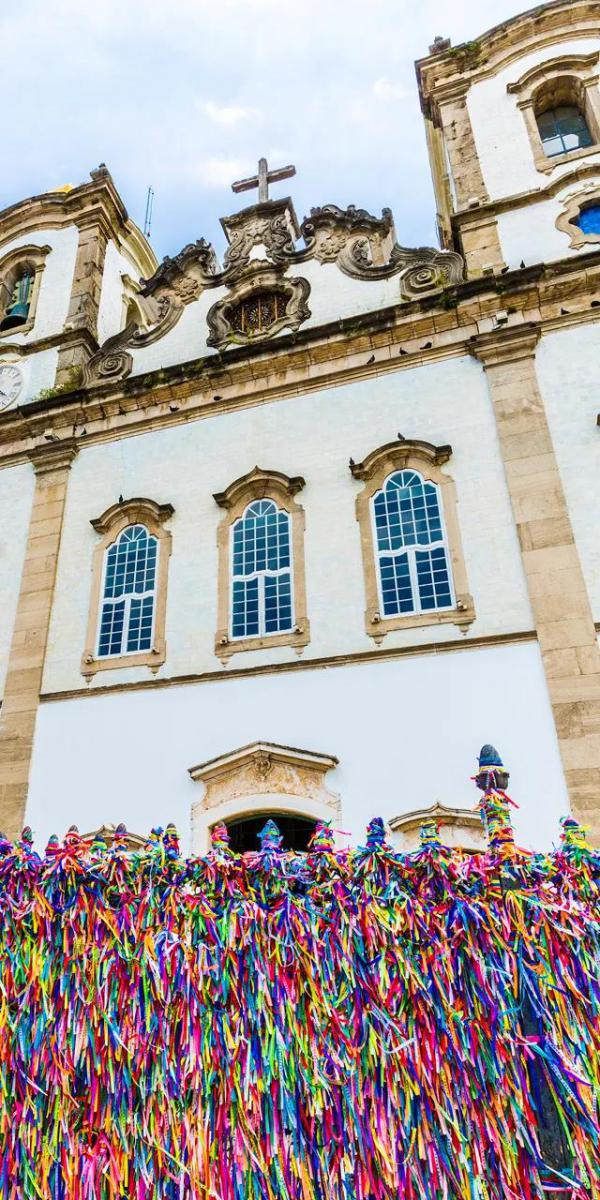
The Washing of Bonfim, a celebration that perfectly demonstrates the interaction between Roman Catholicism and the Brazilian religion of Candomblé
In the Yoruba tradition, Êres are the twin Orishas, or deities, of birth and life often represented by images of children. The deities, who have never gone through human experiences, represent the purest form of energy and happiness. In the Êres Dining Table designed by Antonio, the charred eggshell ovals, embraced by bold tripod legs, evoke the idea of the twin deities’ role as protectors of young life. With this piece the designer expresses “the idea that one’s history and genetic lineage shall endure and live on.”
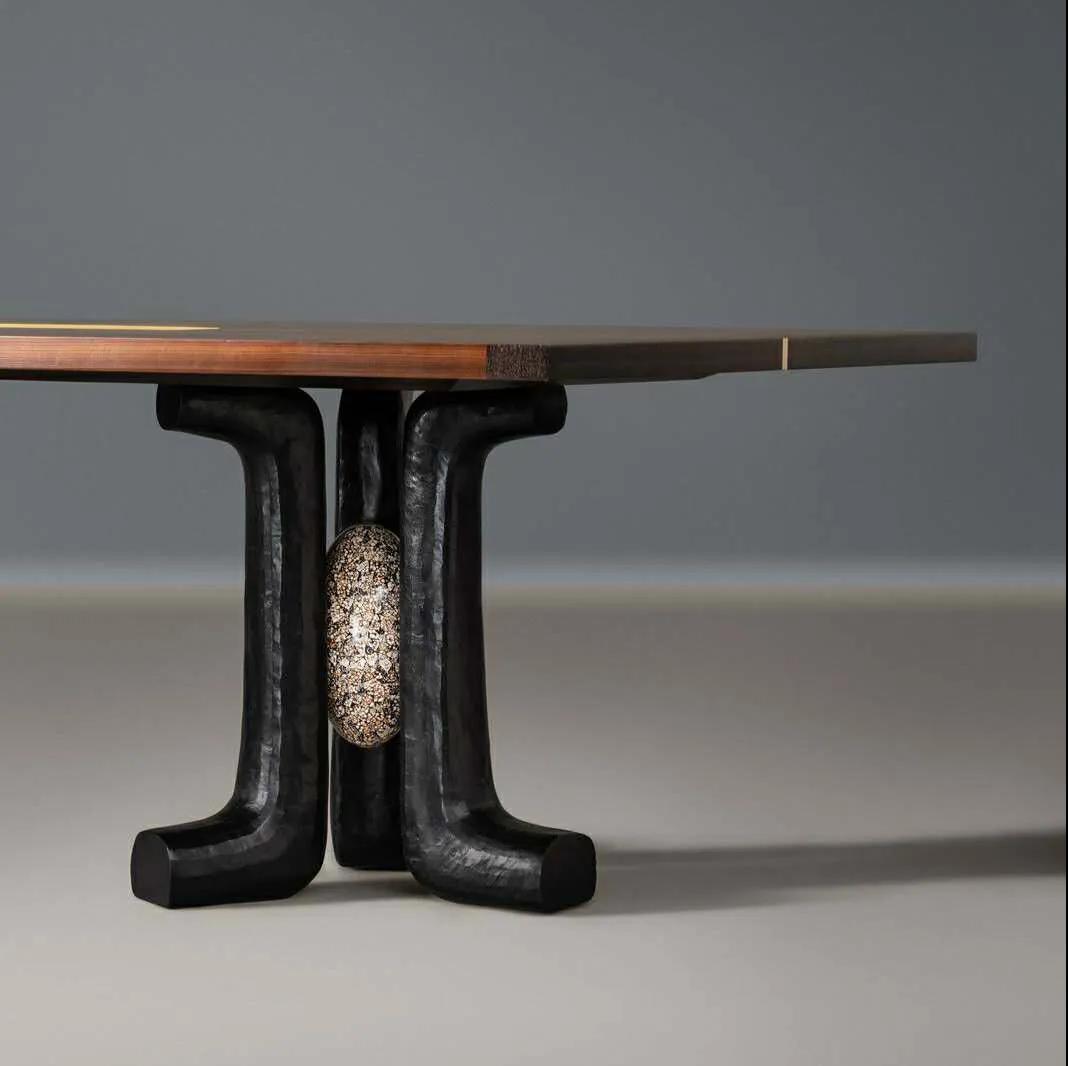
Raised on tripod legs of hewn bronze embracing striking Charred Eggshell ovals
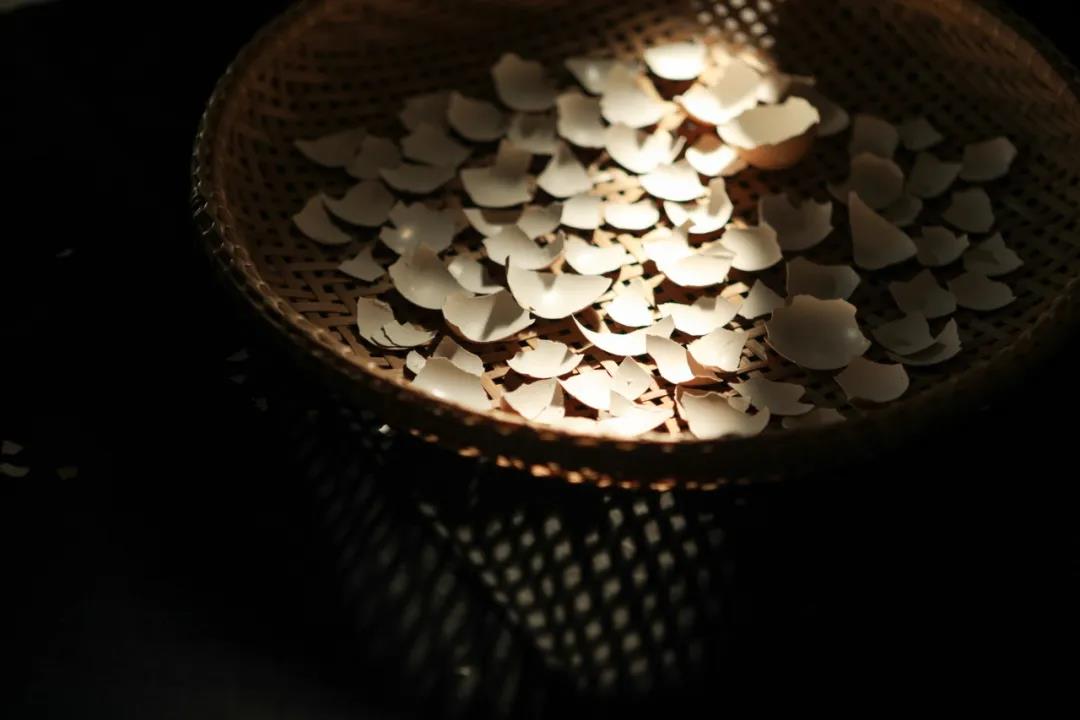
The eggshell is manually cleaned and sun dried before being used for the inlay

The mosaic pattern is achieved with a cracking motion using the ends of pointed tools.
On the commemoration day of the Orisha Êres feasts are offered around the presence of children with traditional food. The idea of birth and life, feast and happiness are beautifully conceptualized and presented in the Êres Dining Table.

The overall view of the Erês Dining Table

Narrow brass lines run through the center of the tabletop create a beautiful detail
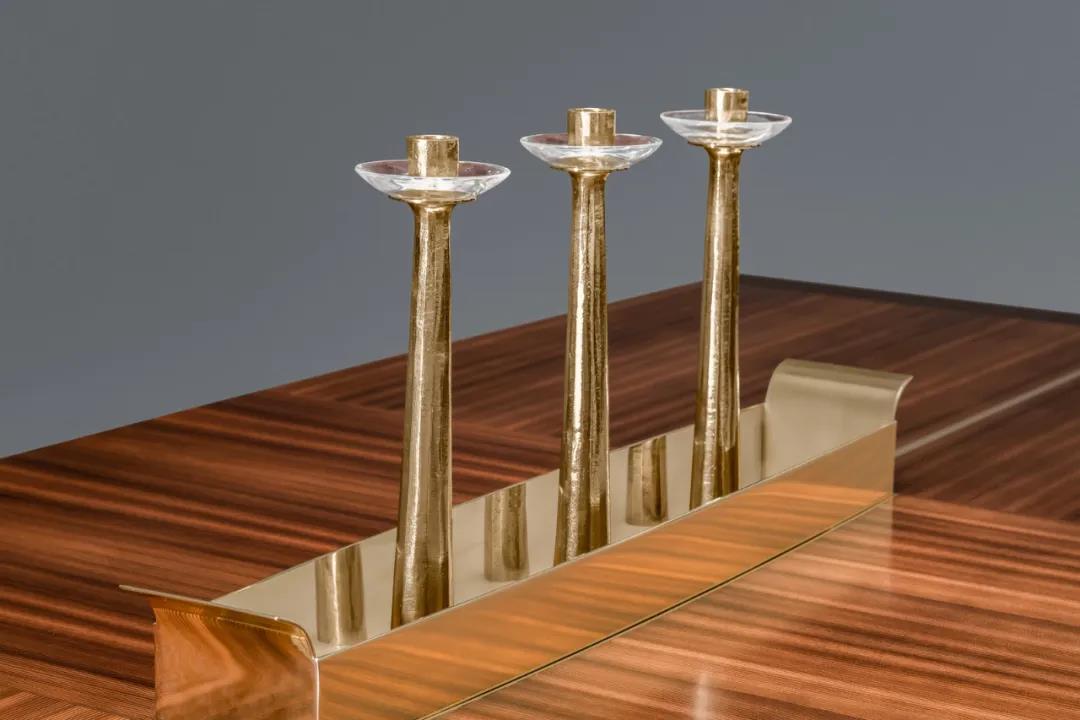
Brass epergne-tray-centerpiece with brass and rock crystal candleholders
“Eshú is he/she who throws a rock tomorrow, to kill a bird yesterday”. Antonio cites a phrase that best describes Orisha Eshú, who is capable of impossible things. Often feared for his/her trickster character, Eshu is the most revered among all Orishas as a protector of the home. Eshú’s face is depicted on the concentric divination trays used in Yoruba culture to protect the home.
“In creating the concentric sunburst pattern, the intent was to create a moment of fascination for the viewer,” says Antonio. The mesmerizing table-top with its powerful bronze legs deserves reverence for its sheer beauty and exceptional craftsmanship.
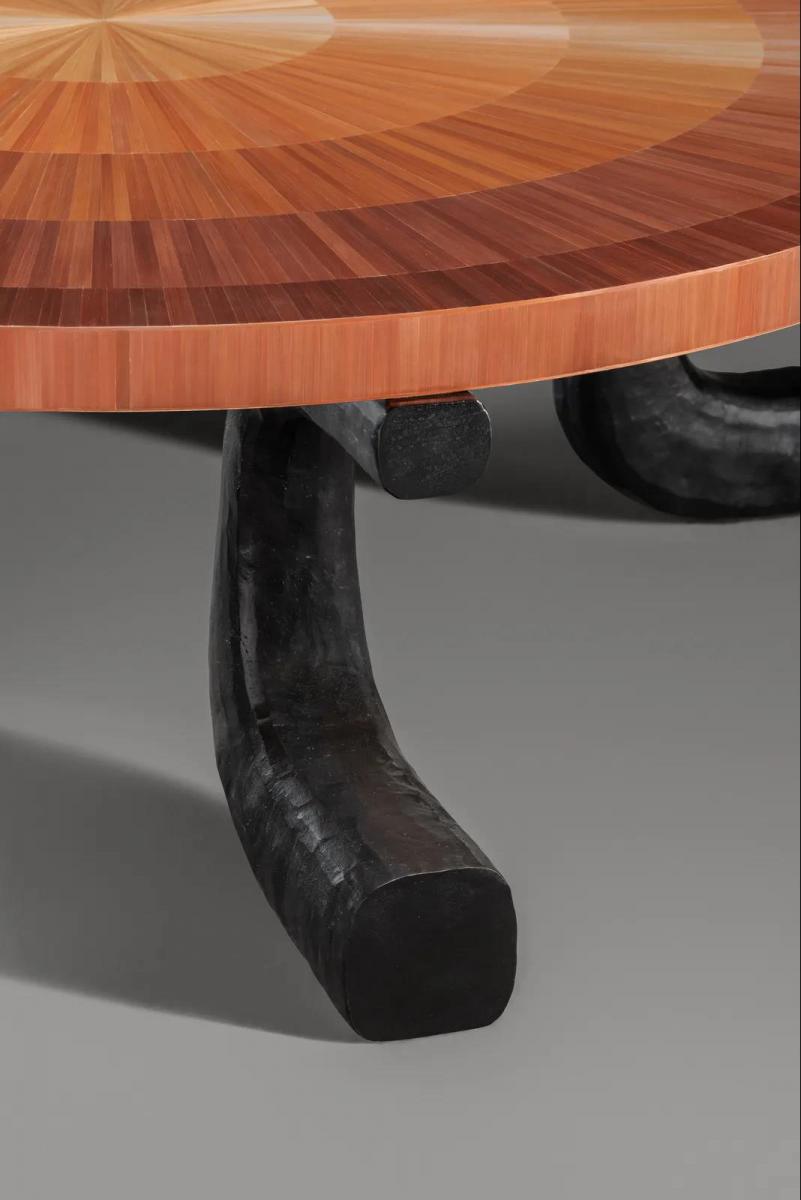 Hewn legs case in lost wax bronze support a dramatically elegant top.
Hewn legs case in lost wax bronze support a dramatically elegant top.
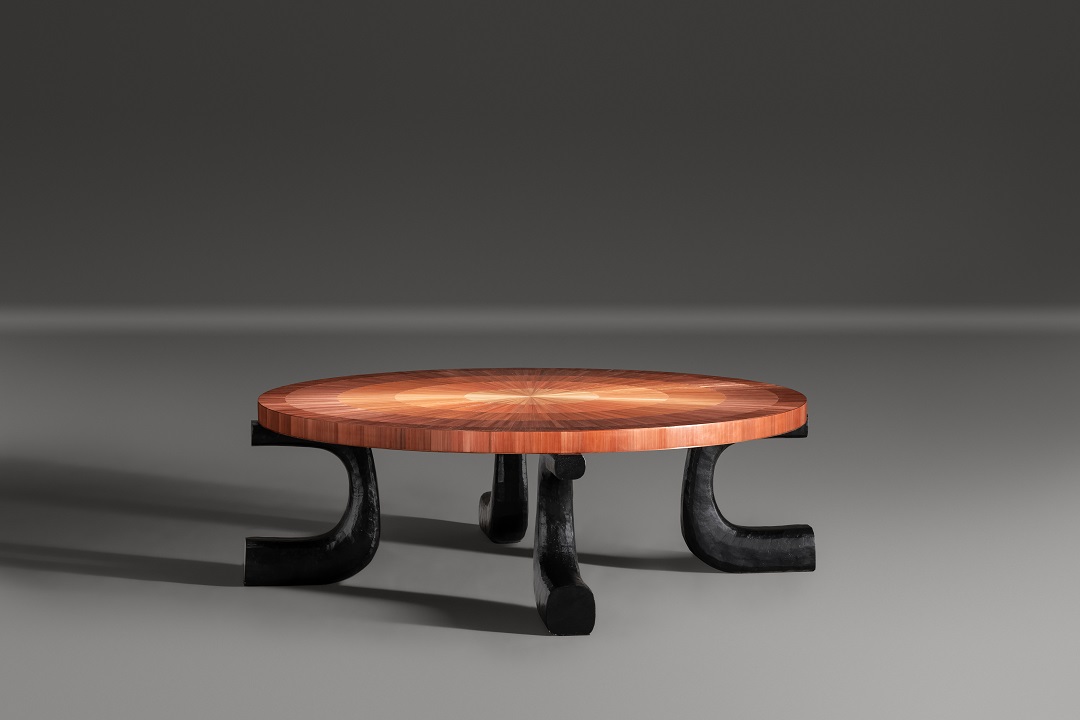
The overall view of the Eshú coffee Table
The Yemanya Sconce is named after the Orisha by the same name or the goddess of the sea in Yoruba culture. She is associated with water and moon and embodies every aspect of womanhood. The mirror-like texture on the surface of the moon shaped sconce is achieved through the application of pure gold leaf which sits behind a totemic black bronze mace.
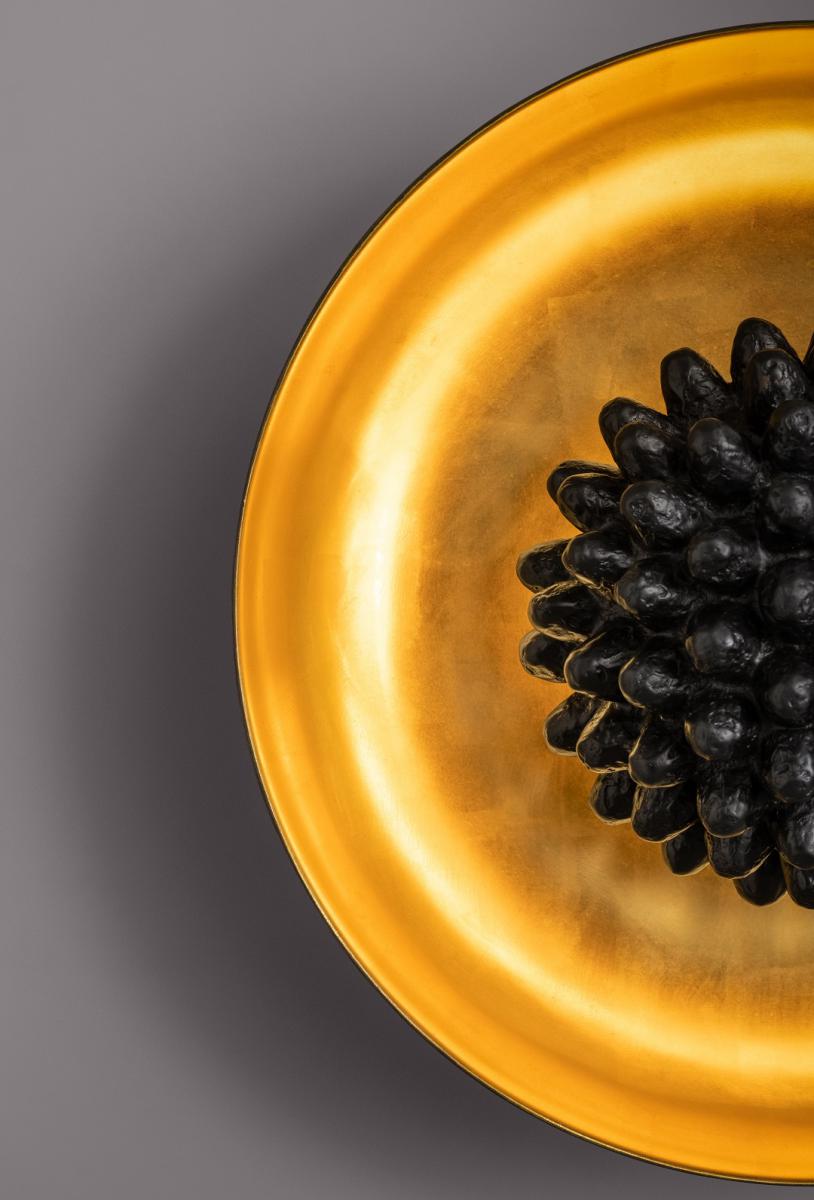
Gold light pours out behind a totemic black bronze mace floating at the centre of a wide case bowl
“The sconce is a piece of sculpture and is intended to provide dramatic, magical, indirect and reflective light.” says the designer.


Antonio envisages the sconce in dining rooms, bedrooms, entry foyers and halls to enhance intimacy
Alexander Lamont’s Sirena collection brings together the work of two very different designers each with their own multicultural background. The collection is united by the idea of the power of objects, of how objects carry within them our connections to people, places, memories, histories and the more hidden influence of our multi-cultural lineage.
“Sometimes the experience of making things seems a search back in time to the great material traditions. Sometimes it seems like a search for my own childhood.” - Alexander Lamont
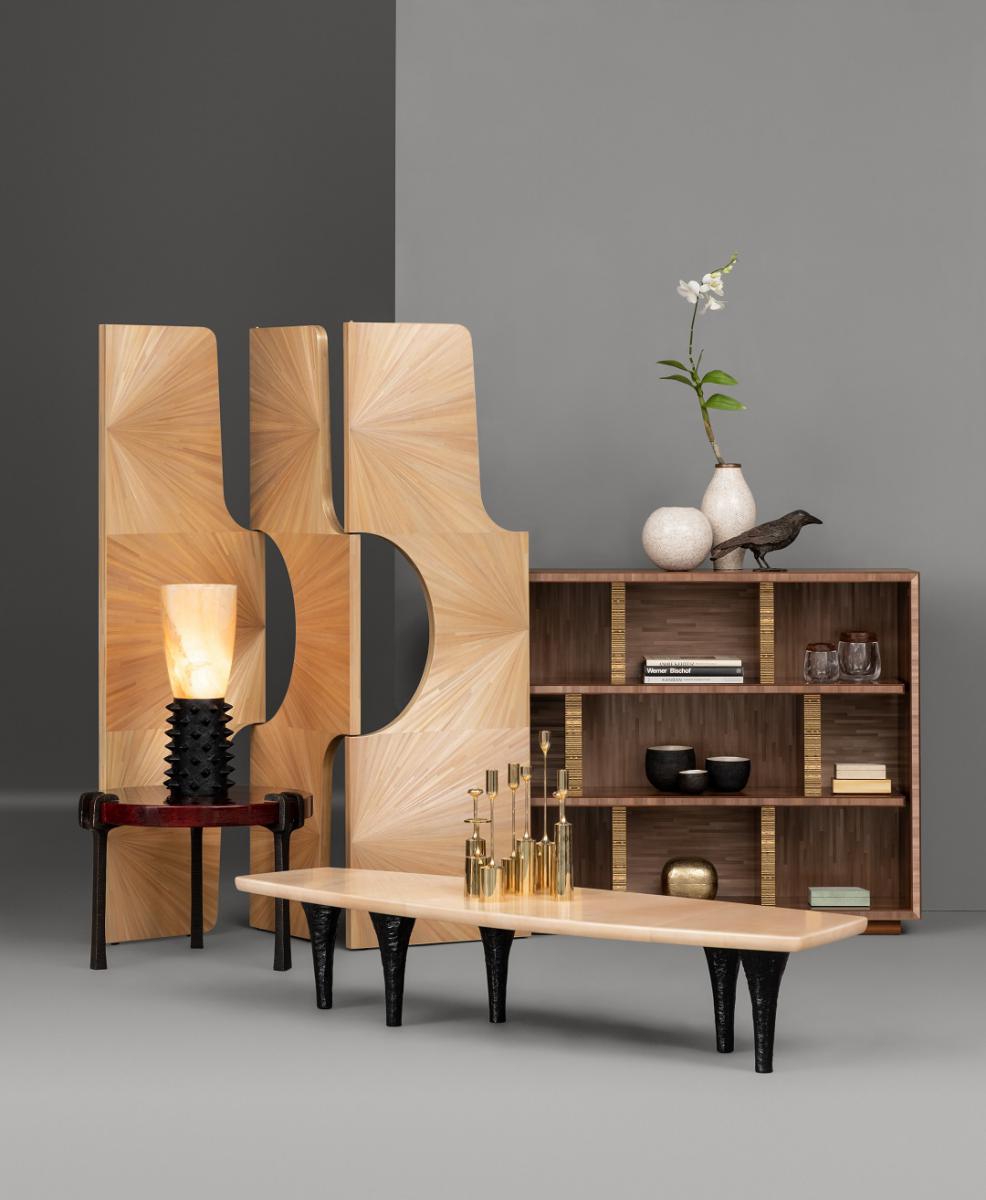
Sirena Collection




Add new comment